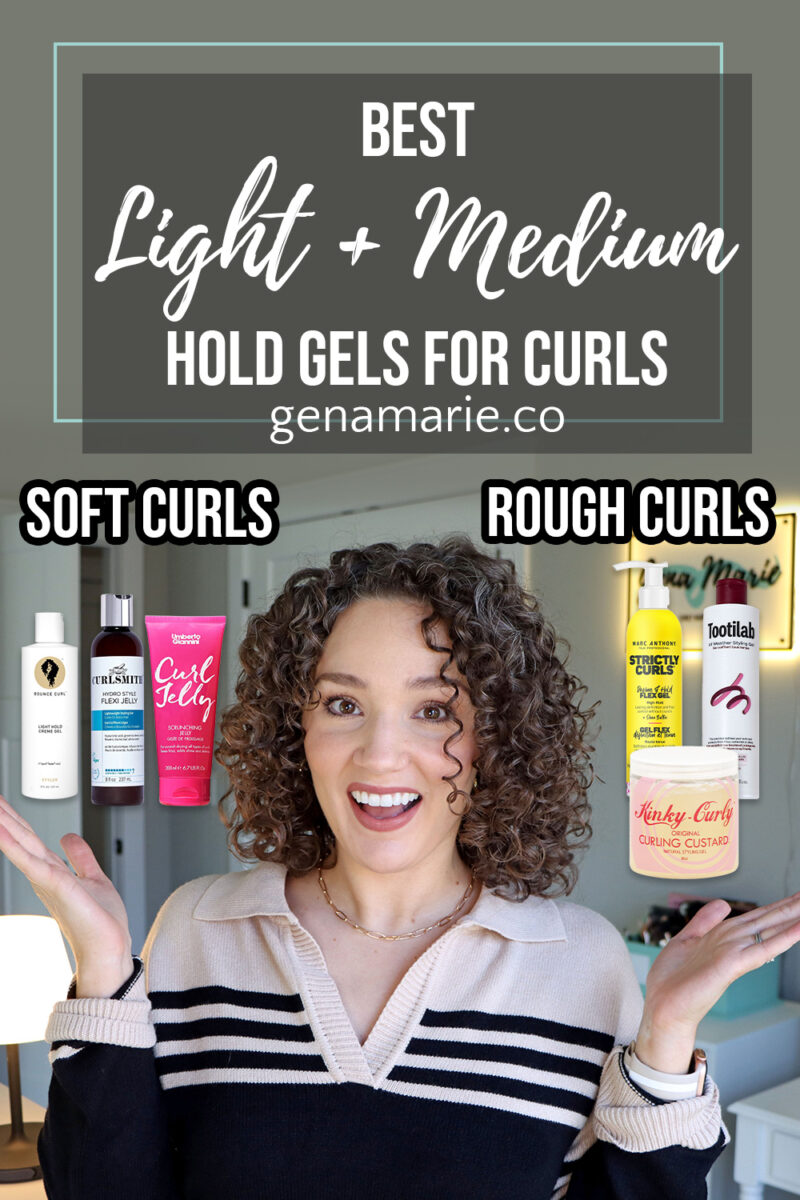
Best Light + Medium Hold Gels That Actually Work in Dry Climates (Fall & Winter)
Light and medium-hold gels are one of the biggest categories out there — and honestly, most of them don’t work. I’ve tested hundreds of gels.
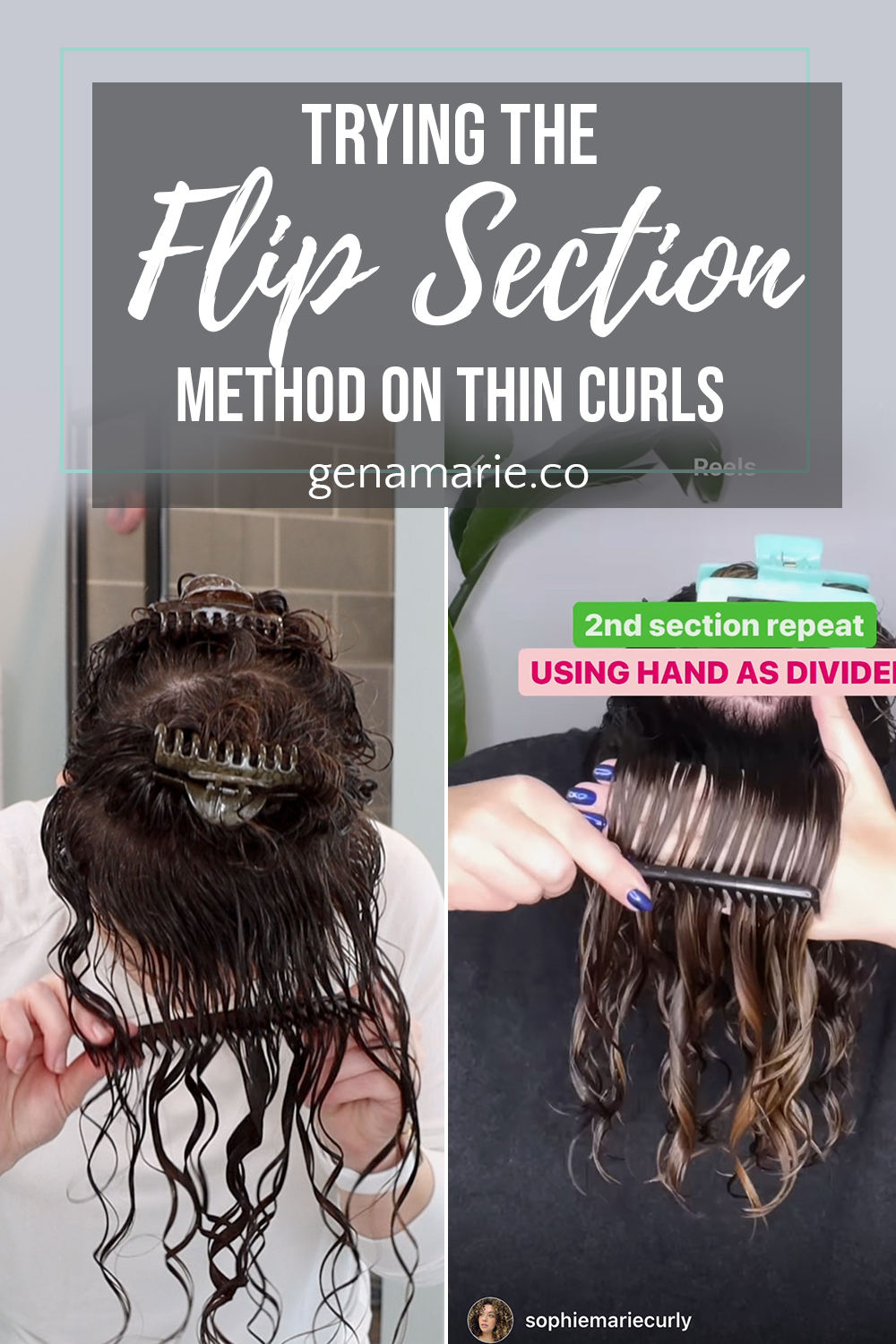
Have you heard of the “flip section” method? It was coined by SophieMarieCurly, another curly hair creator who has a unique technique of sectioning her hair, brush styling upside down, and separating the curl clumps with a comb for a fuller look. I love how this routine is for volume and definition and is designed to make brush styling faster.
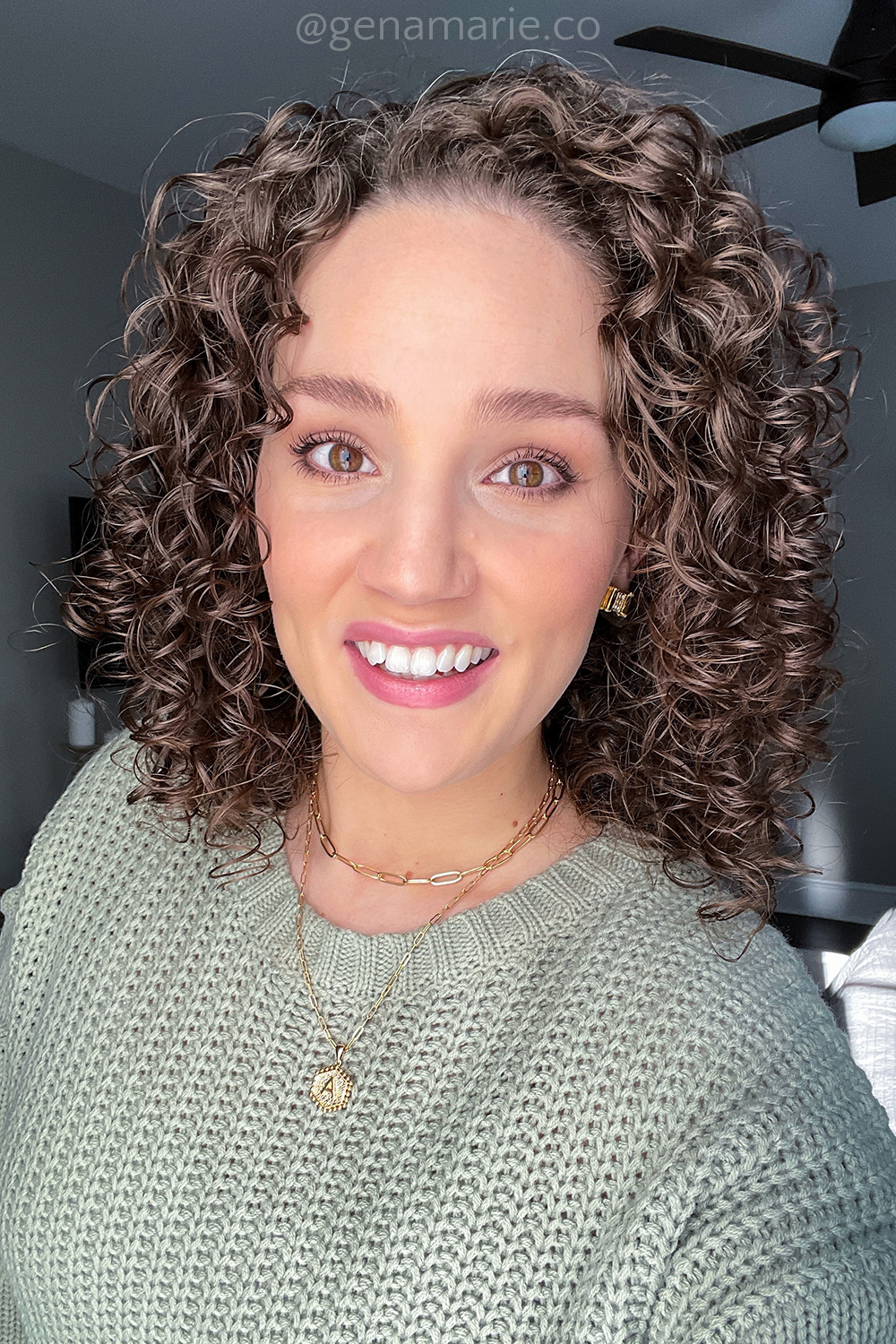
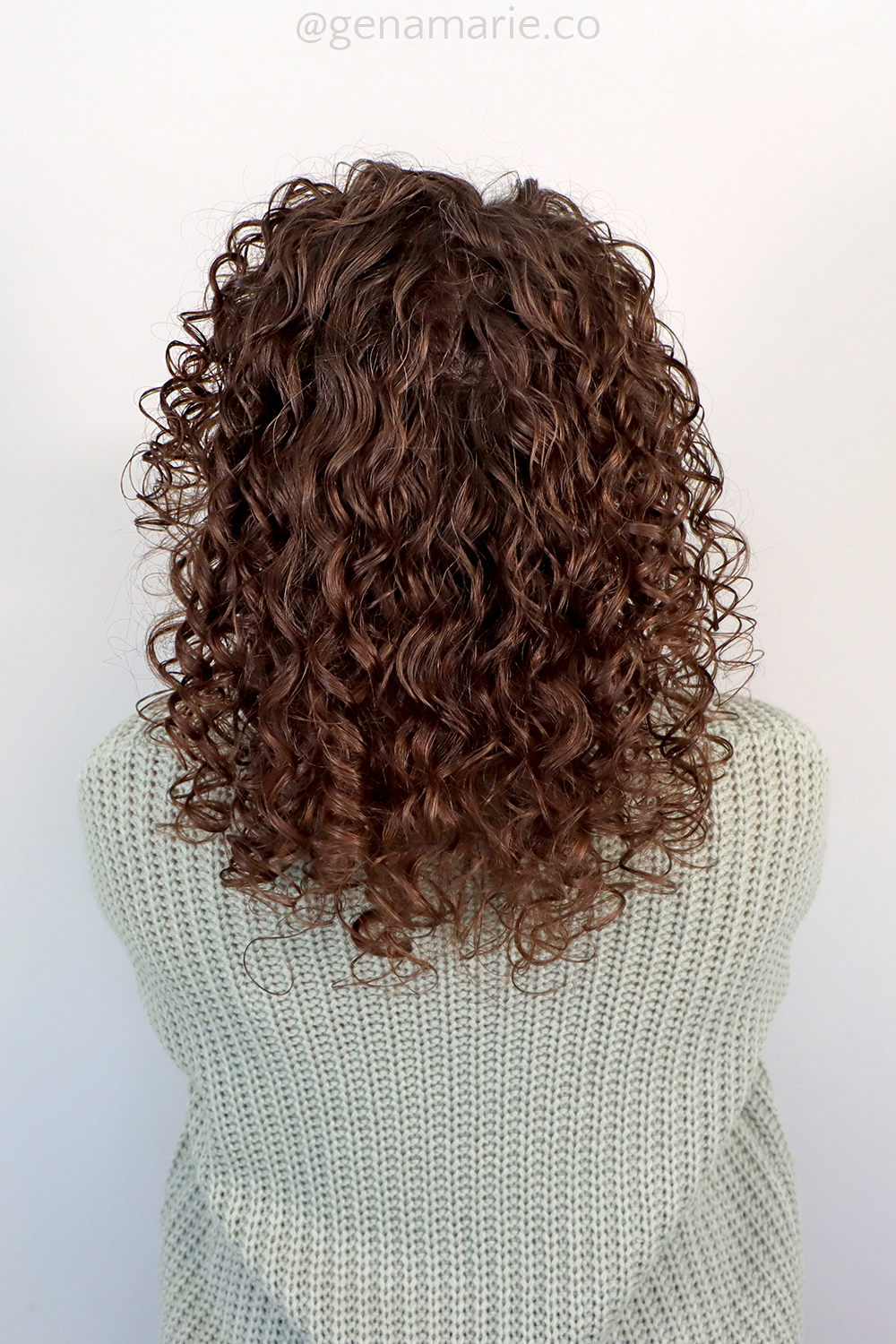
Overall I ended up with great results, I just had to fix a few things at the end. I think with more practice, I would be faster at it and it would be easier. I had great definition and lots of clumps, and I was glad they were more separated. However, I had much more frizz than usual up top due to upside-down styling. I also really struggle with my hair sticking to the scalp and my scalp showing, especially where the sections were. Even with picking out the roots the lines still showed. I think by incorporating the tweaks mentioned above, I would get even better results. I’m definitely taking some techniques from this method, such as combing through clumps to separate them.
What do you think? Did I do this method correctly, and would you change anything?
What method or routine should I put to the test next? Leave your requests in the comments.


Light and medium-hold gels are one of the biggest categories out there — and honestly, most of them don’t work. I’ve tested hundreds of gels.
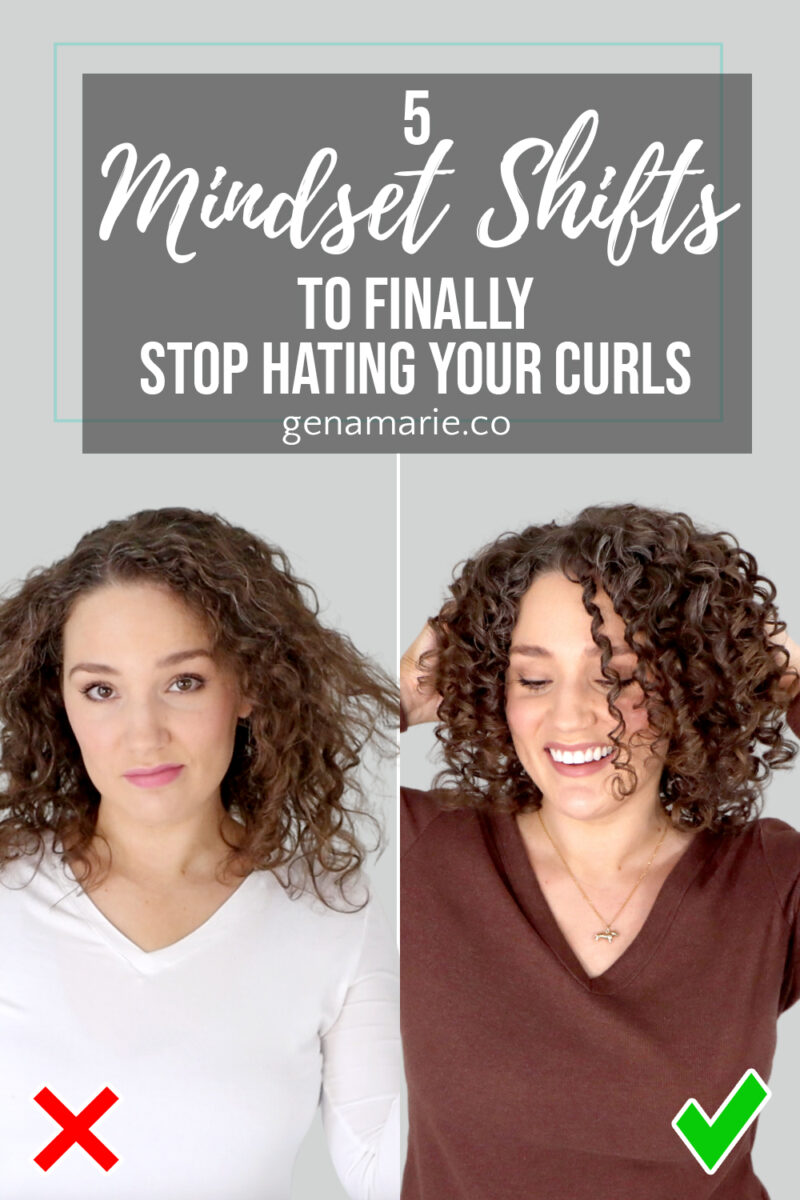
If you’ve ever felt frustrated with your hair or caught yourself thinking, “I just have bad hair,” “Nothing ever works for me,” or “My curls
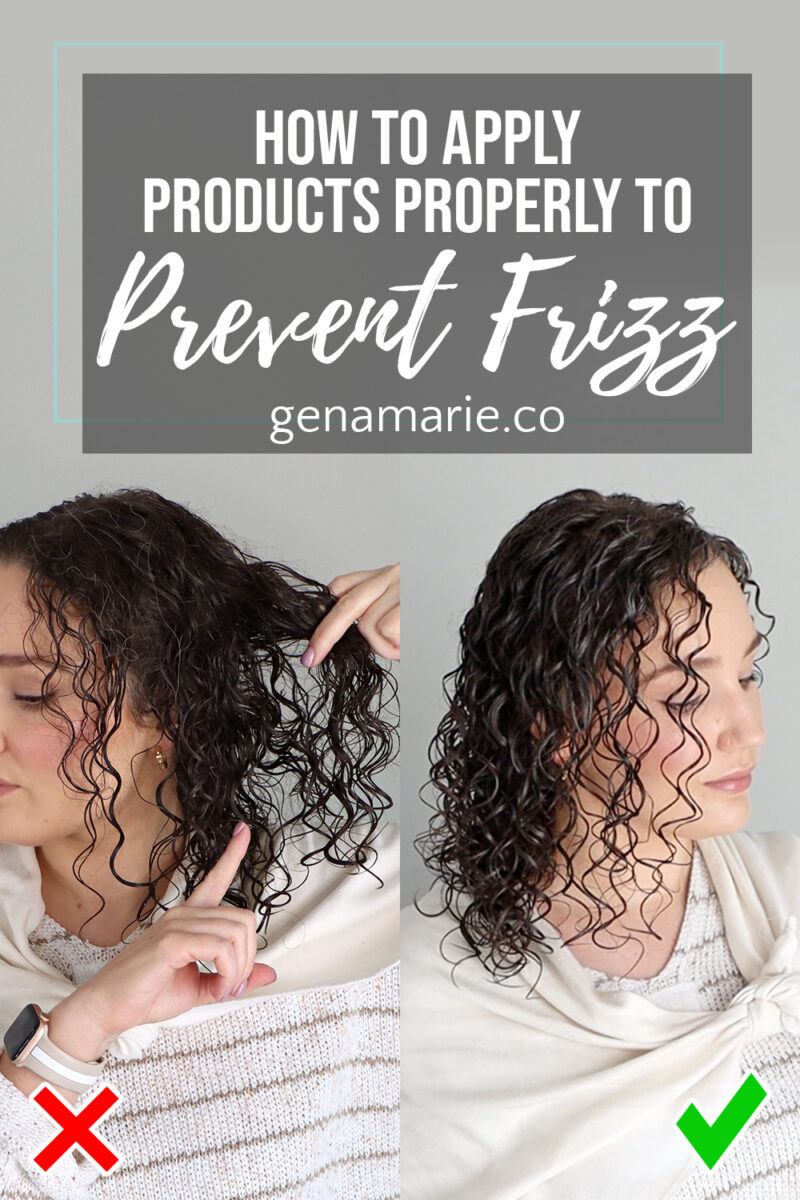
If you’re still getting frizz even though you’ve tried so many products, the issue may not be the products at all — it might be
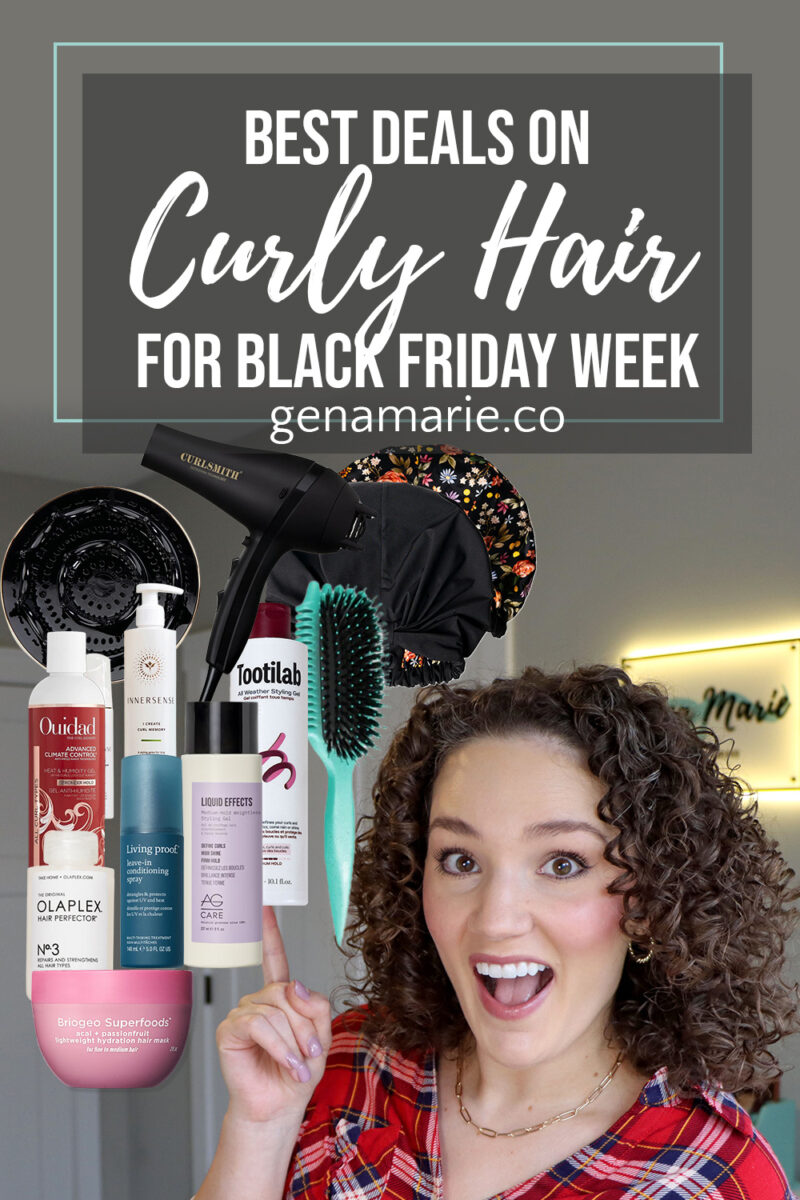
I’ve rounded up some of my top curly hair and beauty favorites that are on sale for Black Friday and Cyber Monday. I’ve included quick